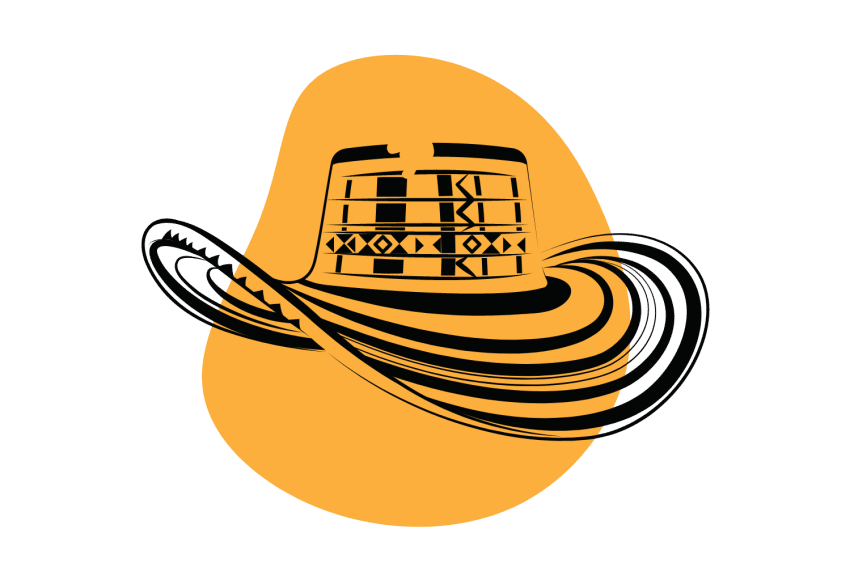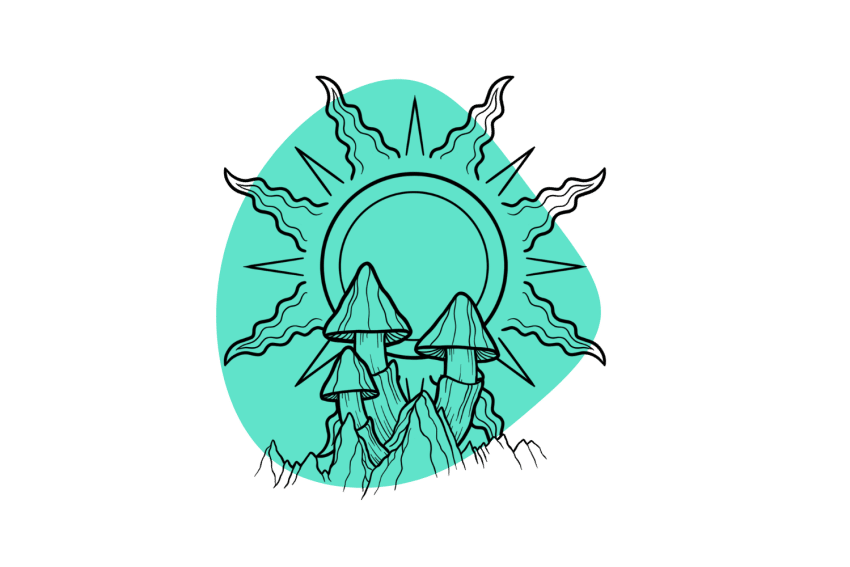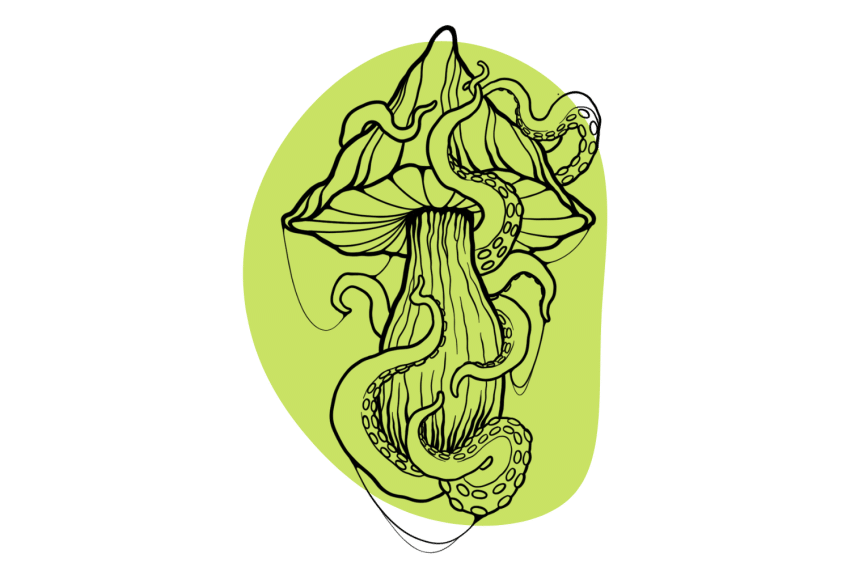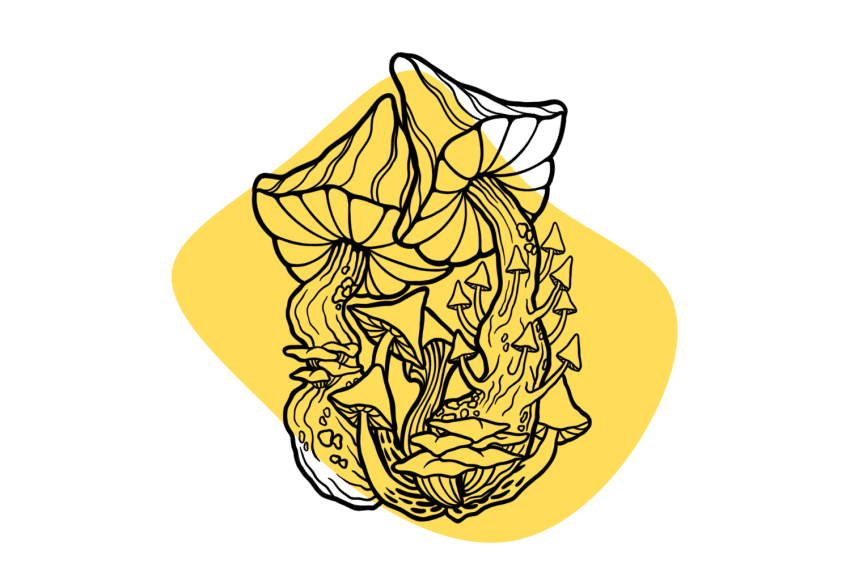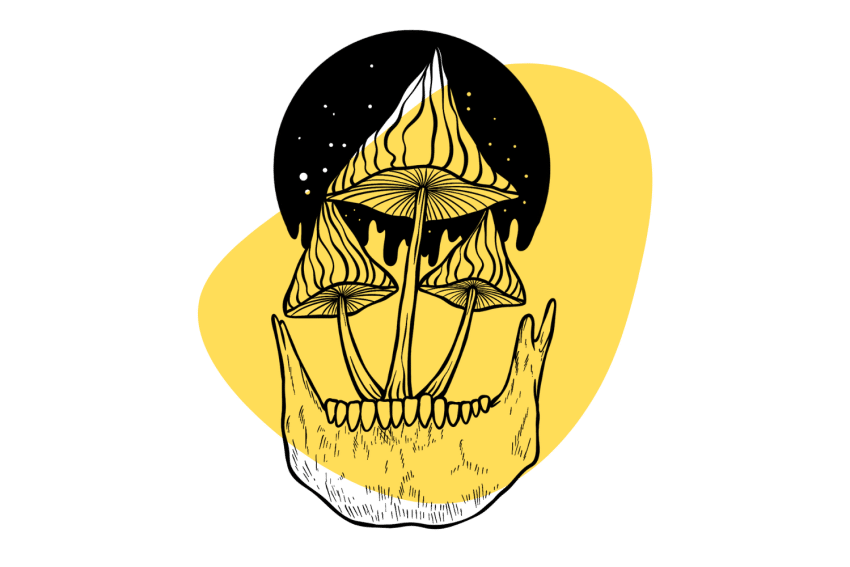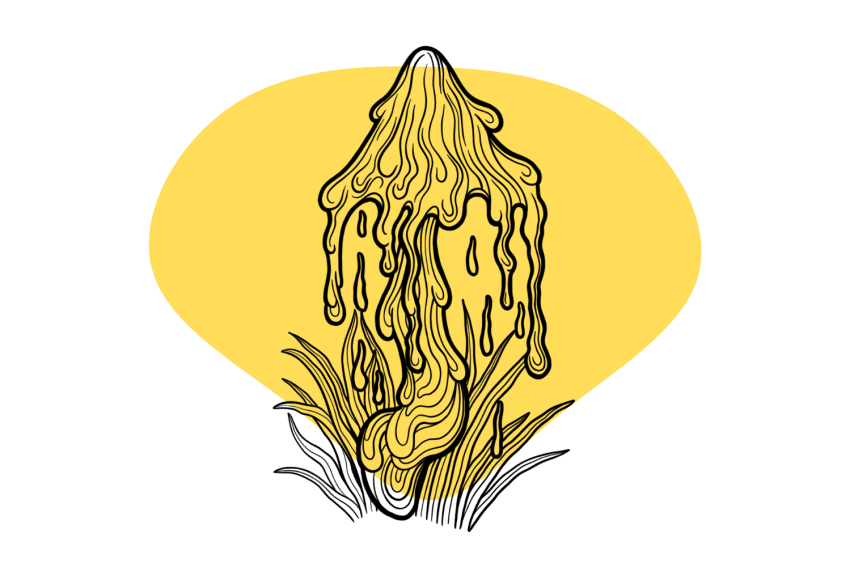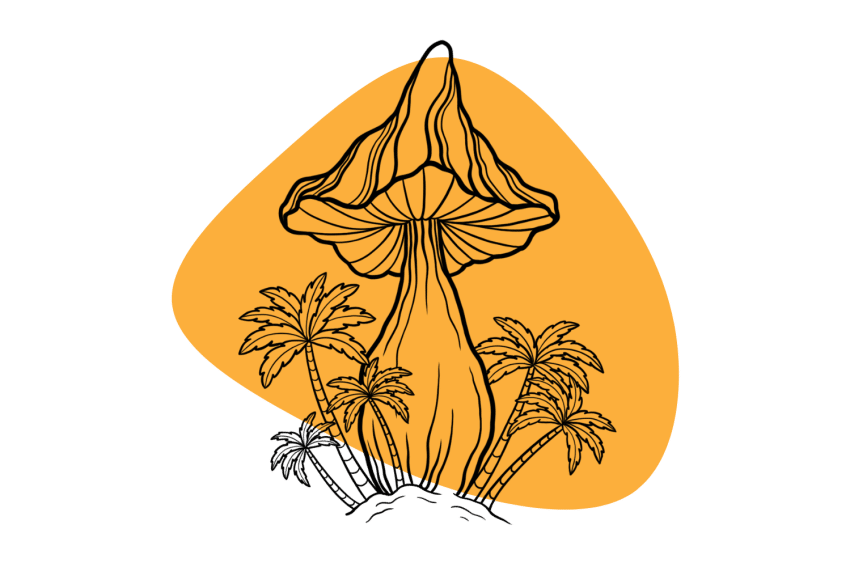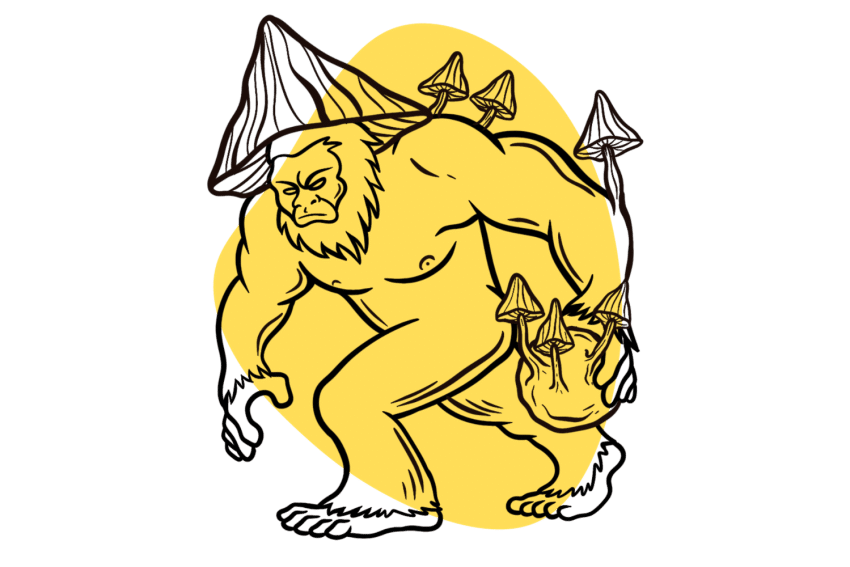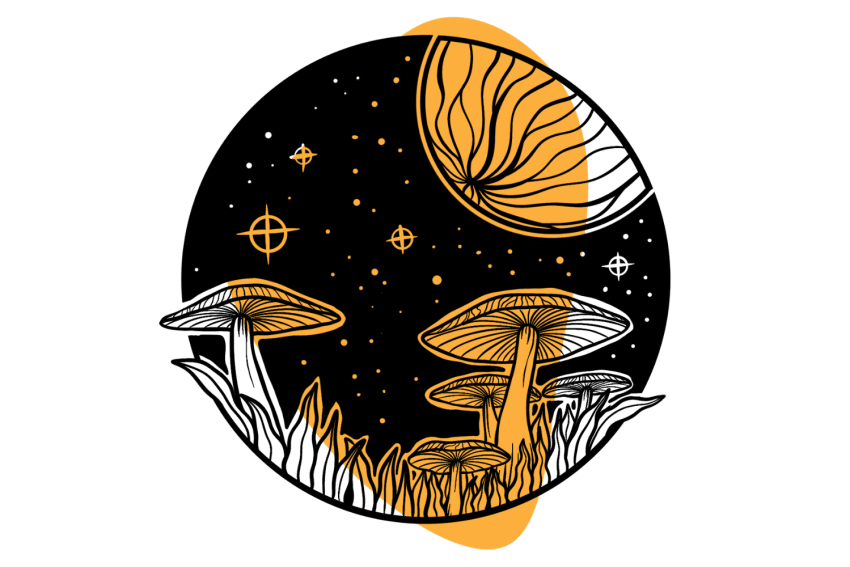The Ban Thurian Strain: A Thai Strain Found on Koh Samui Island
The Ban Thurian strain is a lesser-known Southeast Asian Psilocybe cubensis variant. Although not as popular as strains such as the Koh Samui shroom, it’s well-rounded and easy to cultivate.
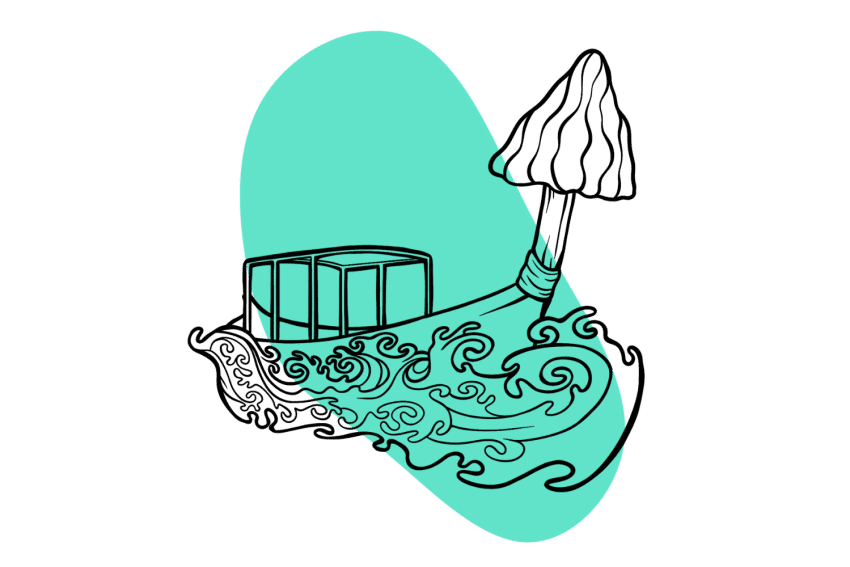
The Ban Thurian strain was discovered by the famous mycologist John “Mushroom” Allen during his travels through Southeast Asia in the 1990s. The first sample was discovered growing in a patch of water buffalo dung close to Ban Thurian on the island of Koh Samui, in Thailand.
This strain is one of the hundreds of variants in the Psilocybe cubensisspecies and one of many that were first discovered in Southeast Asia. Ban Thurian mushrooms look pretty average with their bulbous golden caps and white stems, but there’s more than meets the eye when it comes to this Thai strain.
Related: 100+ Magic Mushroom Strains Explained
This is a well-rounded cube with several desirable traits that make it the perfect choice for the beginner cultivator. It’s easy to grow thanks to its contamination resistance, fast colonization speeds, and ability to thrive in a variety of environmental conditions.
The Ban Thurian strain has average potency — producing around 0.80% psilocybin. These shrooms produce a rapid onset of effects and vivid visuals in higher doses.
In this article, we’ll be assessing this Thai magic mushroom strain by looking at the following:
- The history of the strain
- The Ban Thurian strain potency
- Other Thai Relatives of the strain
- Where to purchase Ban Thurian strain spore samples
- How to cultivate Ban Thurian mushrooms
- Some other Beginner strains of Psilocybe cubensis
I’ll also be answering a few frequently asked questions about Psilocybe cubensis mushrooms from Southeast Asia.
Ban Thurian Strain Specs
| Potency | Average |
| Cultivation | Beginner |
| Species | Psilocybe cubensis |
| Substrate Recommendation | Rye Grain |
| Sold By | Spores 101 (🇺🇸/🇨🇦), Miracle Farms (🇺🇸/🇨🇦), Sporeslab (🇨🇦), The Magic Mushrooms Shop (🇪🇺) |
History of the Ban Thurian Strain
The Ban Thurian strain was discovered by the legendary mycologist John “Mushroom” Allen sometime during the 1990s. It was found growing in Ban Thurian on the island of Koh Samui, Thailand. The first sample was discovered growing directly from a patch of water buffalo dung in a dense cluster of fruits.
Allen traveled Southeast Asia extensively in search of new Psilocybe cubensis variants, and Ban Thurian was one of many he brought back to the United States. Ban Thurian shares similarities with many of the strains discovered by John Allen on the island of Koh Samui.
Since its discovery, the Ban Thurian strain has spread across the globe. Spore samples are now available from a variety of vendors in the United States, Canada, and most of Europe. Samples are available as prints, swabs, and sterile spore syringes.
Ban Thurian Strain Potency & Psilocybin Content
The Ban Thurian strain is considered “average” in terms of potency. The mushrooms produced by this strain are capable of producing between 0.50% to 0.90% total psychedelic tryptamines.
Although a Ban Thurian mushroom sample is yet to be submitted to the Oakland Hyphae Psilocybin Cup, some of its Thai relatives with similar potencies have. The potency of this strain is comparable to strains such as Thai and Koh Samui.
Koh Samui strain samples entered into the last four Psilocybin Cups produced average tryptamine levels (combined levels of psilocybin, psilocin, baeocystin, and various other tryptamine derivatives) of around 0.70. The most potent sample, cultivated by “purple_skunk,” featured in the 2021 Cup — producing 0.80% psilocybin and 0.06% psilocin.
A few Thai strain samples have been entered in the Psilocybin Cup with average total tryptamine levels of 0.75%. The strongest sample — cultivated by “Fractured ego” — entered into the Cup produced a psilocybin level of 0.80% and a psilocin reading of 0.11%.
These two strains are remarkably similar to the Ban Thurian strain — we can assume similar psilocybin and psilocin levels are produced by Ban Thurian mushrooms.
Where to Buy Ban Thurian Strain Spores
Ban Thurian Spores can be purchased from a variety of spore vendors in the United States, Canada, and Europe.
Other reputable spore and grow kit vendors that carry Ban Thurian or similar strains:
- If you live in the United States — MYYCO, Spores 101, Miracle Farms
- If you live in Canada — Spores 101, Sporeslab, Planet Spores
- If you live in Europe — The Magic Mushrooms Shop (🇪🇺), Shiny Spores (🇬🇧)
→ View all spore vendors & grow kit suppliers
Ban Thurian Strain Genetic Relatives
The Ban Thurian strain has several genetic relatives that were collected from the island of Koh Samui. Many of these strains share similarities, and all have the same disease resistance. However, some have differences in appearance and potency.
Here are the relatives of the Ban Thurian strain:
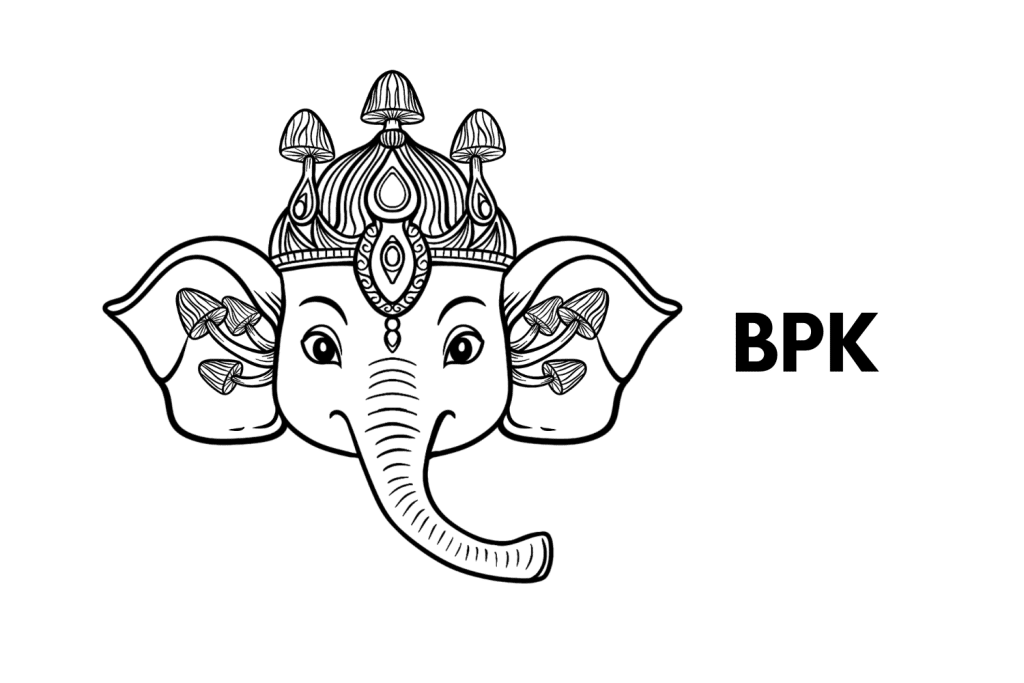
1. The Ban Phang Ka Strain
The Ban Phang Ka strain was first discovered growing near the town of Ban Phang Ka on the island of Koh Samui. Like most Southeast Asian cubes, John Allen discovered this strain, domesticated it, and distributed its spores.
This strain shares similarities with the Ban Thurian strain. It’s contamination-resistant, colonizes quickly, and can grow in an unoptimized environment. The mushrooms also look pretty similar, but they’re notably larger than Ban Thurian shrooms.
This strain produces average potency and is a good choice for beginner growers and mushroom users. Spore samples can be a little difficult to find, even in the United States and Canada.
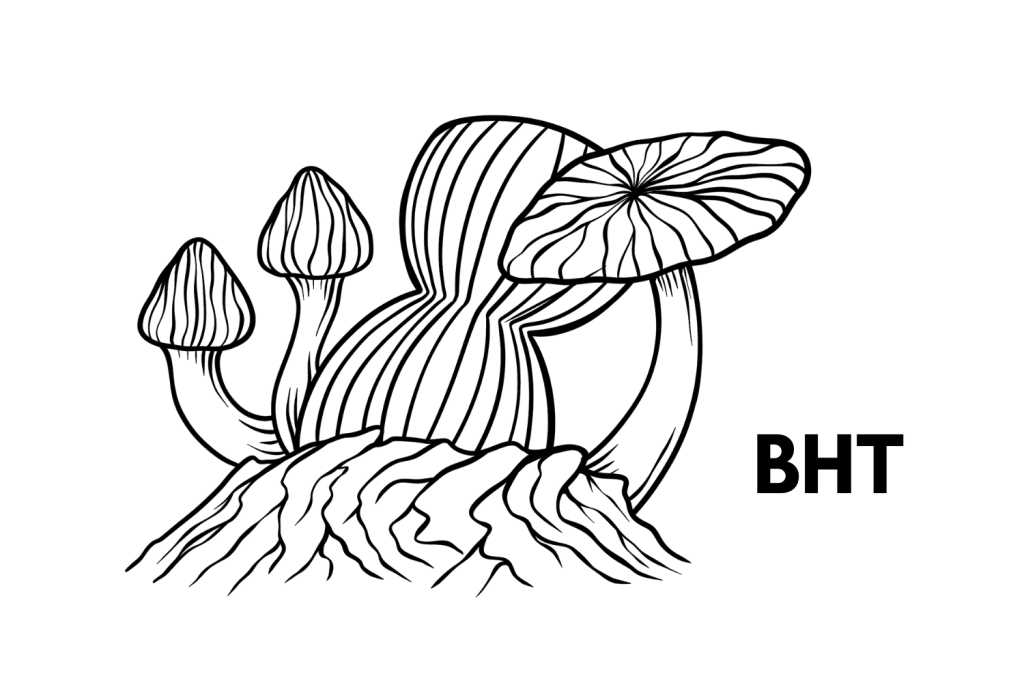
2. The Ban Hua Thanon Strain
The Ban Hua Thanon strain is remarkably similar to the Ban Thurian strain. Collected by John Allen on Koh Samui in the 90s, this strain is well-established. Spore samples are available from a variety of mainstream vendors in the United States, Canada, and Europe.
Ban Hua Thanon mushrooms have average potency and look almost identical to those produced by the Ban Thurian strain. The two strains share the same contamination resistance and fast colonization speeds. It’s also noted for being resistant to high temperatures.
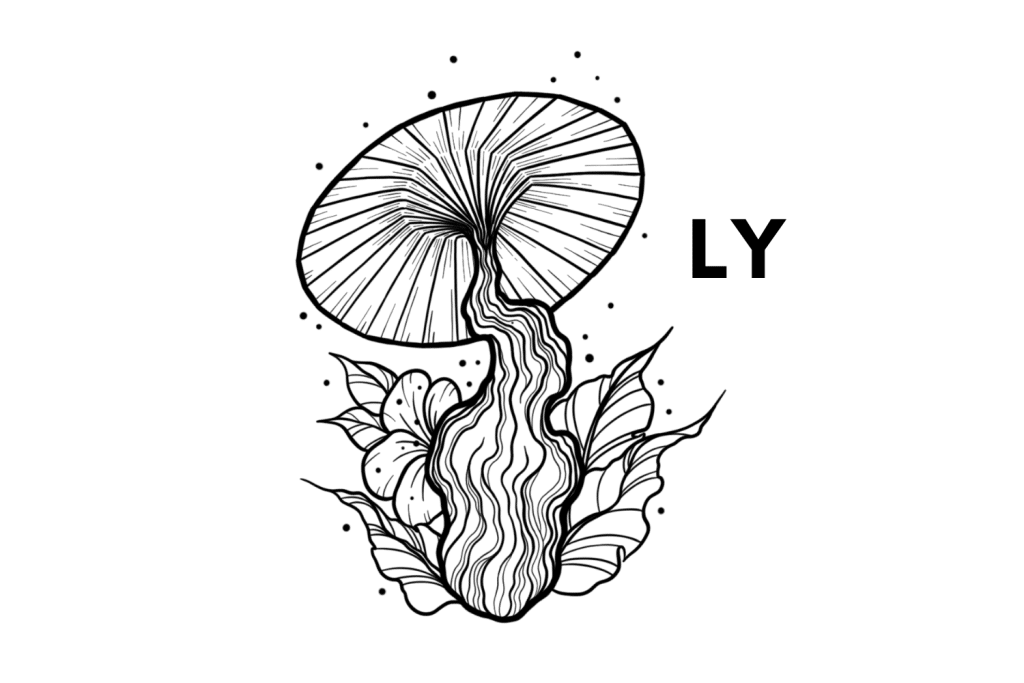
3. The Lipa Yai Strain
The Lipa Yai strain was also discovered by the legendary John Allen during his travels throughout Southeast Asia in the 90s. It shares the same potency and growth characteristics as the Ban Thurian strain, but the mushrooms are taller and more slender.
Lipa Yai spore samples are available from a variety of vendors across the globe. The strain is approachable by beginners thanks to its disease resistance and ability to thrive in a less-than-ideal environment.
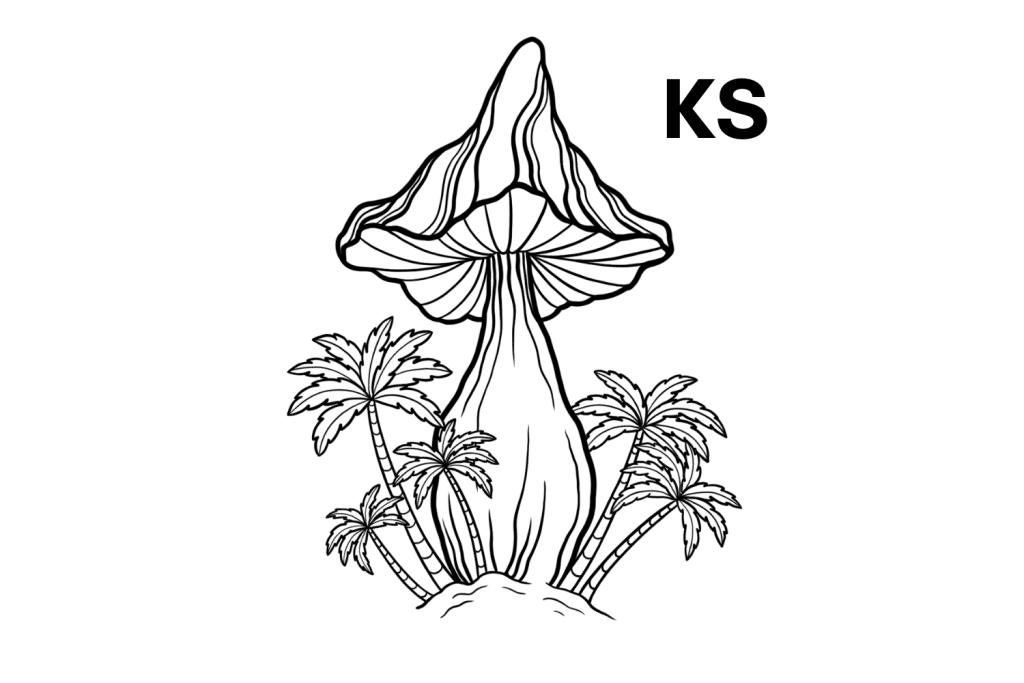
4. The Koh Samui Strain
The Koh Samui strain is one of the most famous Thai strains on the market. Discovered by John Allen, this strain gets its name from the island on which it was discovered — Koh Samui.
Koh Samui mushrooms share similarities with Ban Thurian mushrooms and are just as easy to grow. However, the Koh Samui strain is famed for producing “fatasses” — short, fat mushrooms with wide stems and stubby caps.
This strain is considered average in terms of potency, but some samples have produced over 1.00% total psychedelic tryptamines.
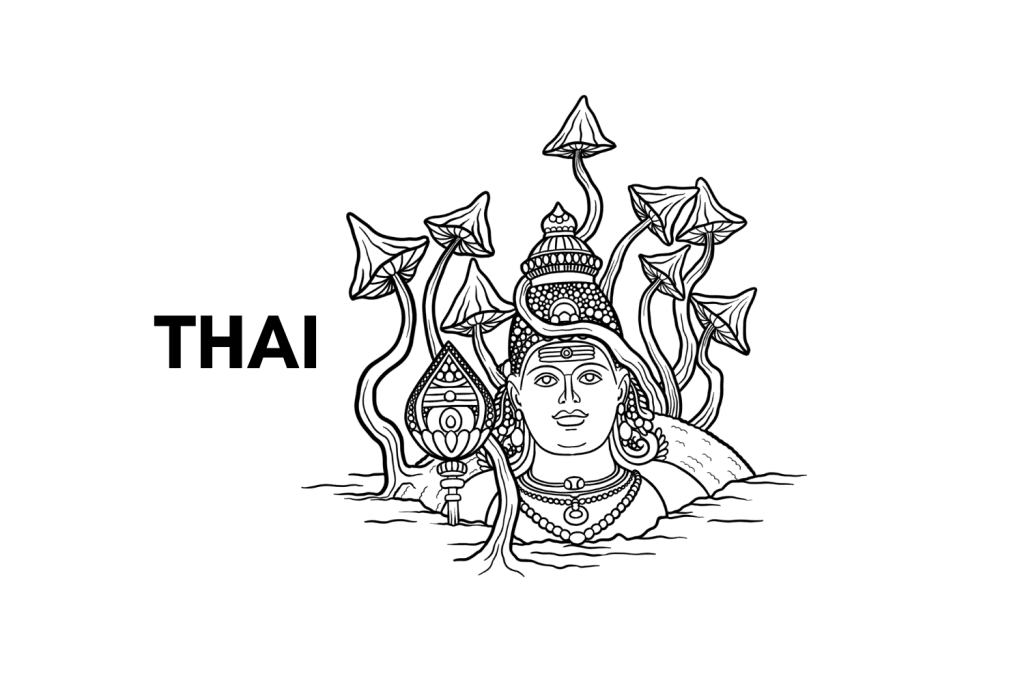
5. The Thai Strain
The Thai Strain was also collected by the mycologist John Allen during his travels through Southeast Asia during the 1990s. This strain produces large round mushrooms that gradually flatten out through maturity. The original sample was found on the island of Koh Samui, close to where the Koh Samui strain was discovered.
Tryptamine testing of Thai strain mushroom samples has shown averages of 0.64% psilocybin, 0.08% psilocin, and 0.74 – 0.91% total tryptamines.
With great resistance to contamination and temperature fluctuations, the Thai strain is easily cultivated in an artificial environment — even by beginners.
How to Grow Ban Thurian Mushrooms
Ban Thurian cubensis shrooms can be grown in the same way as other psychedelic and gourmet mushrooms.
The easiest way to cultivate Ban Thurian cubes is to use a method known as “PF-Tek.” This cultivation technique involves the inoculation of substrate-filled jars, which are then incubated and transferred to a fruiting chamber before bearing fruits for harvest.
This method is easily comprehensible by beginners — it requires little in the way of knowledge, equipment, or time.
If you want to learn how to perform PF-Tek, check our in-depth guide on How to Grow Magic Mushrooms. For now, here’s a quick run-down:
Substrate Preparation
First, the growing medium on which the mycelium will grow needs to be prepared and sterilized. Mason jars are filled with a substrate of your choice — the Ban Thurian strain does well on rye grain. Then, the jars are placed in a pressure cooker for 30 minutes with the lids loosely closed — this will sterilize the substrate. Once 30 minutes is up, the jars are left for a couple of hours to cool.
Inoculating the Substrate
Now the substrate-filled jars are sterilized, they must be inoculated with spores. Everything, including the environment around you, must be sterilized completely using isopropyl alcohol. A spore-filled syringe is then used to inject 2 CCs of the liquid into the substrate. The jars are then sealed and covered with foil.
Incubating the Inoculated Jars
Once the jars have been inoculated with spores, they must be incubated until mycelium has colonized the substrate within. They should be left in a simple incubator (learn how to make one in our guide) for two to three weeks until the substrate is completely white with mycelium.
Fruiting the Mycelium Cakes
Once the mycelium has formed over the entirety of the substrate, it’s ready for fruiting. The resulting “cakes” are removed from the jars and placed in a fruiting chamber — a simple well, ventilated plastic container with a stable internal temperature.
After a few days, the first pinheads will appear — these will quickly grow into mature mushrooms that can be harvested. The mycelium cakes will continue to produce mushrooms until they eventually succumb to mold growth.
Drying & Storing
As the mushrooms are harvested, they’ll need drying if you wish to preserve them long-term. They’ll last for up to two weeks fresh in a paper bag in the refrigerator but well over two years when dried and stored correctly.
Ban Thurian mushrooms can be air-dried on a piece of paper or by using a dehydrator. Once completely moisture-free, the mushrooms can be stored in sealed mason jars with a packet or two of food-safe silica gel — this will ensure the mushrooms remain completely dry throughout storage.
Other Good Strains for Beginner Growers
Most strains of Psilocybe cubensis are easy to grow at home. There are only a few niche exceptions.
If you like a strain, we suggest you go for it!
With that said, here are a few other strains known for being especially easy on beginners.
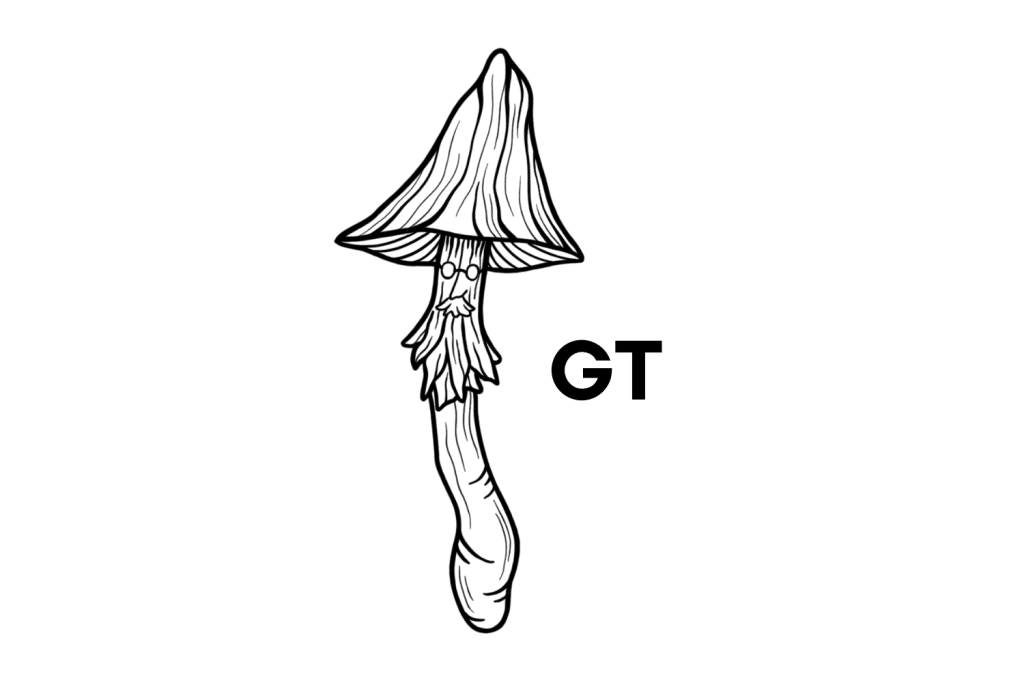
1. Golden Teacher
The Golden Teacher strain is one of the most common and famous strains of Psilocybe cubensis on the planet. This strain is notoriously easy to cultivate thanks to its contamination resistance and ability to grow in an unoptimized environment.
The origins of this strain are unclear, but it’s generally accepted that it was collected from somewhere in the Gulf region of the United States. Golden Teacher spores have been circulating the market since the 1980s — maybe even longer.
Golden Teacher mushrooms aren’t much to look at, and they produce average psilocybin and psilocin levels. However, the strain is well-rounded and one of the best for beginners to approach.
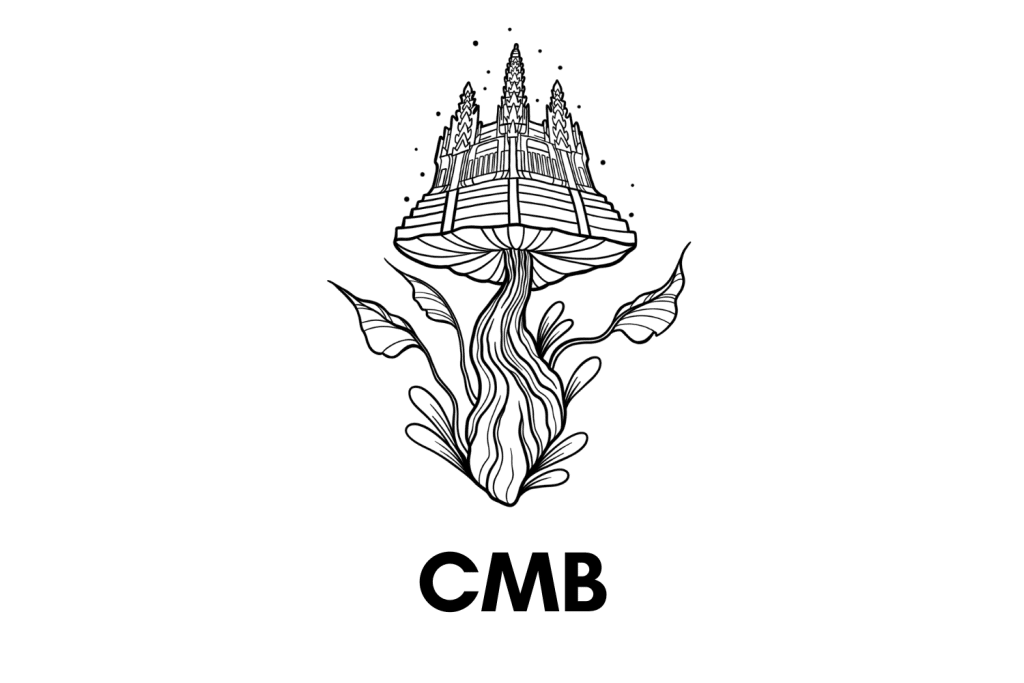
2. The Cambodian Strain
The Cambodian strain was discovered near the temple of Angkor Wat in Cambodia by none other than John “Mushroom” Allen during his travels through Southeast Asia in the 1990s.
This strain is highly resistant to contamination and can thrive in an unoptimized growing environment — making it ideal for beginner growers that are lacking experience.
Cambodian cubensis mushrooms grow in dense clusters, and the colony is fruitful over several flushes before eventually succumbing to mold growth. The mushrooms aren’t much to look at, nor are they particularly potent — producing average psilocybin levels of around 0.45%.

3. The Hanoi Strain
The Hanoi strain was first discovered by John Allen in the 90s while traveling Southeast Asia in search of Psilocybe cubensis variants. This strain is easy to grow thanks to its disease-resistant qualities, and spore samples are easy to obtain from several vendors across the globe.
Hanoi cubensis mushrooms are more potent than the typical Southeast Asian strain — producing psilocybin levels of 0.80% to 1.80%.
This strain is capable of producing huge yields over several healthy flushes before succumbing to mold growth. This is a great choice for cultivators of all experience levels as well as commercial growers or those looking to cultivate large quantities of potent magic mushrooms.
Frequently Asked Questions
1. What’s The Strongest Southeast Asian Strain of P.cubensis?
Most Southeast Asian Psilocybe cubensis strains have average potency — this works out roughly to 0.50% – 0.90% psilocybin. No one strain stands out from the crowd in terms of mind-blowing potency, but some strains are slightly more potent than others.
The most potent Southeast Asian strain is the Pink Buffalo strain. However, the potency increase is marginal compared to other strains from the region. Pink Buffalo mushrooms produce average psilocybin levels of 0.90%, but some samples have shown levels of 1.50% and above.
The potency of any Psilocybe cubensis mushroom is variable. It’s impossible to say a certain strain produces exactly “this amount of psilocybin and psilocin.” The potency is affected by a number of environmental factors, such as substrate type, contamination, temperature fluctuations, and stress levels.
2. Why Are Thai Psilocybe cubensis Mushrooms Easy to Grow?
Most strains of Psilocybe cubensis are easy to grow compared to other magic mushroom species, but there’s no doubt that Thailand produces some of the easiest strains for beginners to grow.
The reason these tropical strains are so simple to cultivate at home is that they’re remarkably disease resistant and can cope with unoptimized growing environments.
The most common mistake made by new cultivators is unintentional bacterial contamination during inoculation. When foreign bacteria are introduced to the growing substrate, they can outcompete the mycelial growth. Thai — and Southeast Asian strains, in general — seem to cope well with foreign bacteria and manage to colonize the substrate faster.
Sterile practice is still extremely important, and if the substrate becomes too contaminated, the colony will fail to expand. However, there’s a bit more room for error when it comes to cultivating Thai strains.
3. Are There Any Other Psychedelic Mushroom Species in Southeast Asia?
Psilocybe cubensis is the most common species of magic mushroom in Southeast Asia, but it’s not the only one. Other psilocybin-containing mushroom species exist in the region.
Related: List of Psilocybin Mushroom Species
Here’s a list of some of the psychedelic shrooms you’ll find in Southeast Asia:
- Psilocybe samuiensis
- Psilocybe thailandensis
- Psilocybe samuiensis
- Psilocybe subaeruginascens
- Panaeolus cyanescens
- Panaeolus cinctulus
- Gymnopilus junonius

